Despite its name, which may have you wondering, is buckwheat gluten free?, buckwheat is actually a completely gluten-free seed! It is wonderful for baking, pancakes, and much more. Here's all you need to know about this naturally gluten-free flour.

What Is Buckwheat?
Buckwheat is a flowering plant native to Asia. Its seeds are cultivated for use in cooking, or to make flour. So while we may refer to buckwheat as a grain, it's technically a seed. When ground into flour, buckwheat is a wonderful choice in gluten-free baking.
Buckwheat is a rich source (containing 20% or more of the Daily Value, DV) of protein, dietary fiber, and four B vitamins and is high in niacin, magnesium, manganese, and phosphorus (source). It can be used whole, as groats to make porridge, or finely ground into flour for use in baking recipes, pancakes, and more.
You may find that the earthy taste of buckwheat takes some getting used to, and different brands of buckwheat flour may taste stronger to you. You can often find darker or lighter variations of buckwheat flour, and it just depends on personal preference what you prefer. I urge you to give buckwheat flour a try - it may taste differently than wheat flour, but I love it for that!
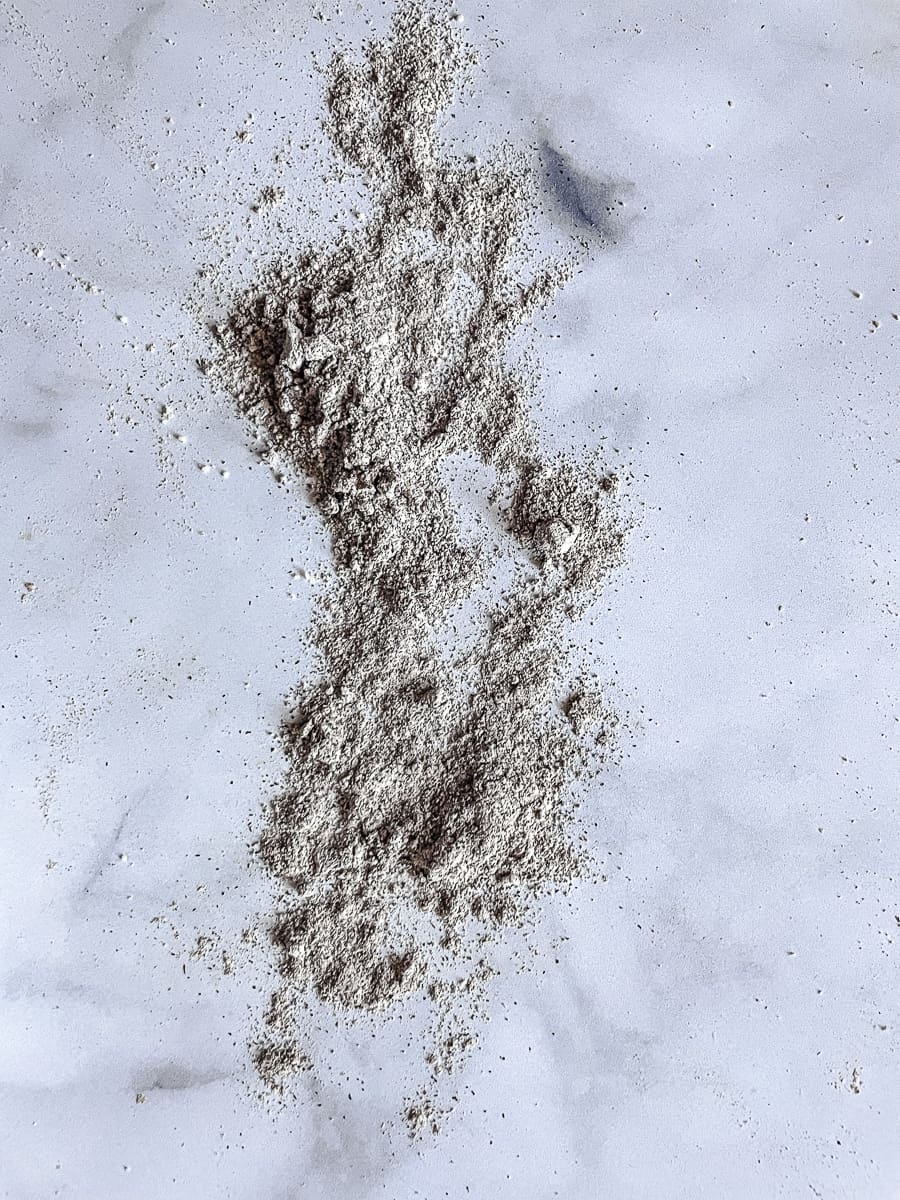
How to Use Buckwheat Flour
If you've ever baked or cooked with buckwheat flour, you'll be familiar with its distinctive flavor. Sometimes described as "earthy" or "grassy", buckwheat flour is no shy violet. Because of its rather stronger taste, it works well in desserts that call for baked fruit, nuts, chocolate, and caramel that will complement buckwheat's intensity.
When you start baking with buckwheat flour, you don't want to do a 1:1 substitute for all-purpose flour. Buckwheat works well when it's substituted for about 25% of the flour called for in a recipe. This is easy to do when baking with wheat flour, but gluten-free baking can get a bit more tricky.
You can sub 25% of your all-purpose gluten-free flour blend for buckwheat or use a recipe that has been developed to use buckwheat flour. Or you can try it in place of another flour in a recipe that calls for a gluten-free flour combo. For example, you could substitute it for oat flour in my oat and almond flour waffles, or try it in pear pancakes.
A tip for baking with buckwheat flour is to stir the buckwheat flour into the batter just at the end. Overmixing buckwheat flour can lead to gumminess in the final product. And of course, you'll want to let the batter hydrate a bit before you bake it.
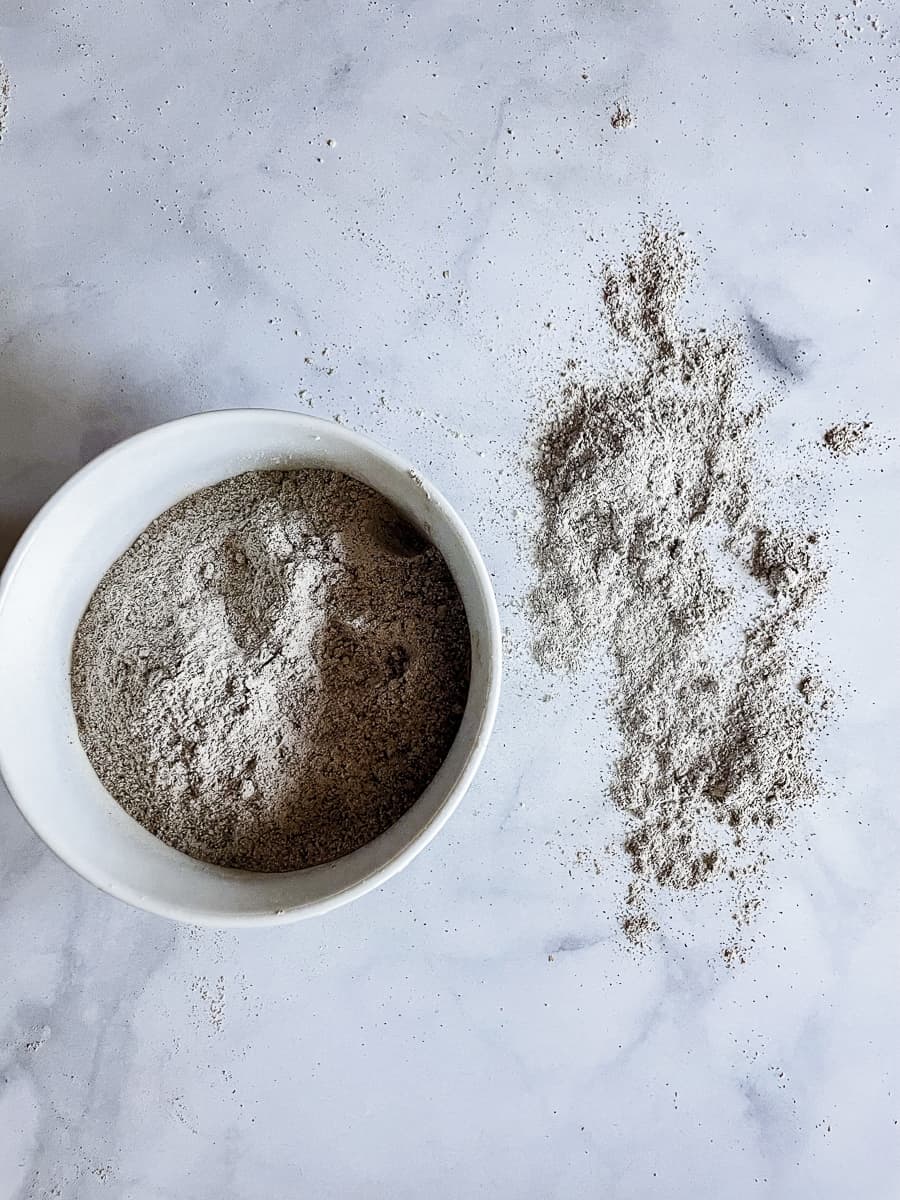
Can I Make Buckwheat Flour At Home?
If you wish, you can buy raw buckwheat groats and turn them into flour at home. Place the groats in a Vitamix or high-powered blender and blend the groats until a fine powder forms.
How to Store Buckwheat Flour
You can also store buckwheat flour in the packaging it came in and follow the manufacturer’s recommendations for how and how long to keep it. Typically, buckwheat flour will last up to 3 months in the pantry or up to 6 months in the freezer. I recommend buying small packages of buckwheat flour until you get used to using it so it won't spoil.
Where to Buy Buckwheat Flour
Many grocery stores carry buckwheat flour, and you will find it with specialty flours in the baking aisle. Of course, you can always buy buckwheat flour online (and may have more choices as to light or dark buckwheat flour or the grind).
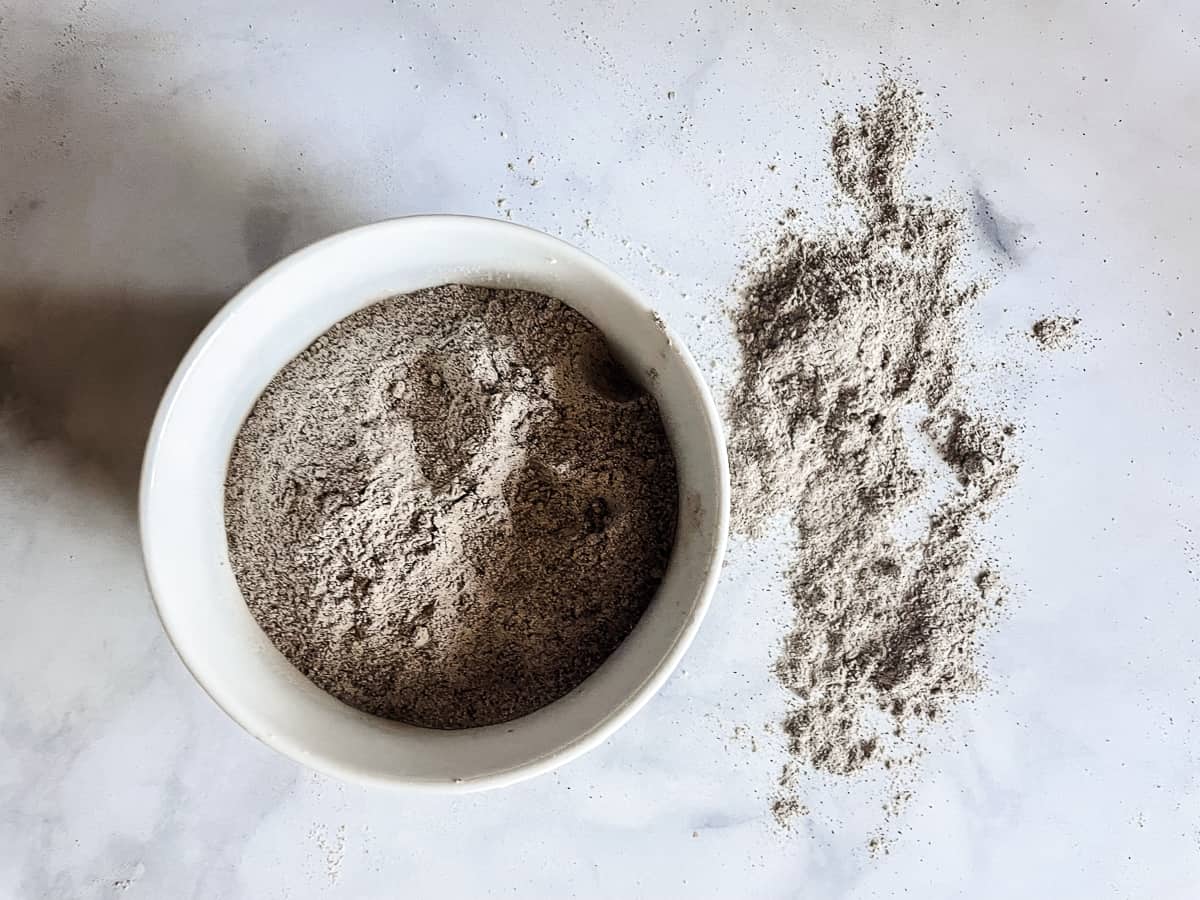
What Brands of Buckwheat Flour Are Gluten Free?
Here's a list of some brands of buckwheat flour:
- Bob’s Red Mill
- Anthony’s
- Arrowhead Mills
Can Celiacs Eat Buckwheat Flour?
Yes! Despite the "wheat" in its name, buckwheat flour is entirely gluten-free! You'll just want to check the package label to make sure that cross-contamination is not an issue.
Recipes That Use Buckwheat Flour
Here's a list of some of my recipes that use buckwheat flour:
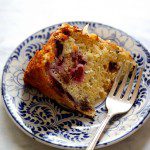
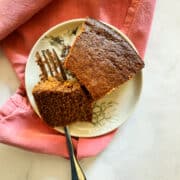




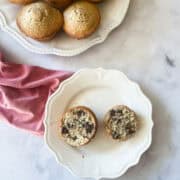



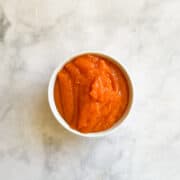
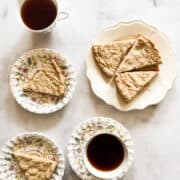

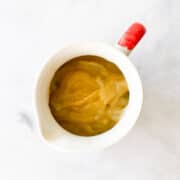
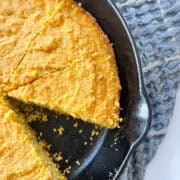
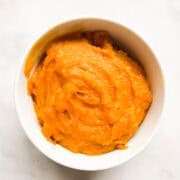
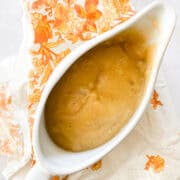
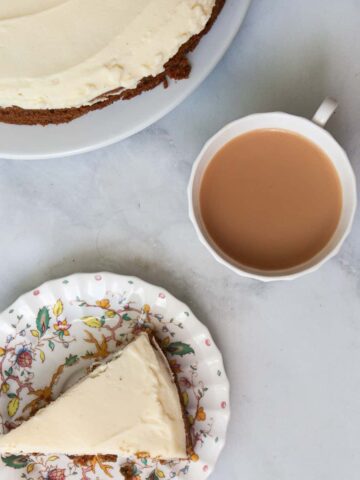
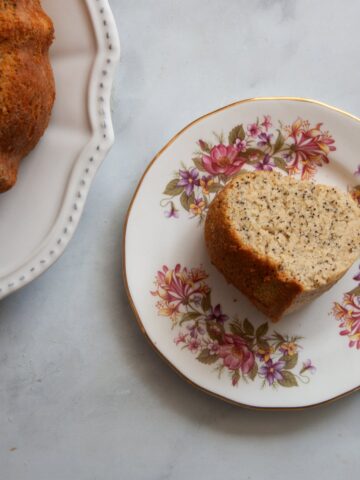


I'd love to hear from you! Please leave me a note.